Formations in soccer are like blueprints that coaches use to organize their teams. They determine how players distribute themselves across the field to achieve strategic objectives, whether defensively, offensively, or both.
Understanding these formations is key to appreciating the complexities of the game and how teams adapt to different playing styles and opponents.
Definition of Soccer Formations
Soccer formations refer to the systematic arrangement of players on the field, dictating their positions and roles during a match.
Each formation is represented by a numerical sequence (e.g., 4-4-2, 4-3-3) that indicates the distribution of players across defensive, midfield, and attacking positions.
Components of Soccer Formations
- Defenders: The number of defenders in a formation typically ranges from three to five players. Defenders are responsible for protecting the goal, marking opposing attackers, and initiating plays from the back.
- Midfielders: Positioned between the defensive and attacking lines, midfielders play a pivotal role in linking defense to attack. They control the tempo of the game, distribute passes, and provide defensive cover while supporting forward movements.
- Forwards: Also known as strikers or attackers, forwards are tasked with scoring goals. The number of forwards in a formation varies but commonly ranges from one to three players. They apply pressure on the opposing defense, create goal-scoring opportunities, and often lead the team’s attacking efforts.
Flexibility of Soccer Formations
Soccer formations are not static frameworks but dynamic systems that can be adjusted based on various factors:
- Game Situations: Formations can be adapted during a match to respond to changes in score line, player fitness, or tactical challenges posed by the opponent.
- Tactical Needs: Coaches may modify formations to exploit weaknesses in the opponent’s defense, strengthen midfield control, or bolster defensive solidity as circumstances dictate.
- Player Roles: Flexibility in formations allows coaches to optimize the strengths of individual players by adjusting their positions and responsibilities within the team structure.
Common Soccer Formations
4-4-2 Formation
Description: The 4-4-2 formation is structured with four defenders, four midfielders, and two forwards.
It is often depicted as two banks of four players, with the defensive line composed of two central defenders flanked by two full-backs, and the midfield comprising two central midfielders and two wide midfielders.
The attacking line features two strikers who work together to create goal-scoring opportunities.
Characteristics: The 4-4-2 formation is renowned for its balance between defense and attack.
Defensively, the four-man backline provides solidity and coverage across the width of the field, minimizing spaces for the opposition to exploit.
In midfield, the structure allows for a compact unit that can dominate the central areas while also providing width through the wide midfielders.
Offensively, the two strikers form a partnership, often with one playing as a target forward and the other as a supporting striker or a poacher, aiming to capitalize on crosses and through balls.
Usage: This formation is widely used by teams seeking defensive stability without compromising attacking prowess.
It is effective for maintaining a structured defensive shape while still offering options to transition quickly into counter-attacks or build-up play through the midfield.
The 4-4-2 is particularly popular among teams that prioritize strong defensive foundations and emphasize teamwork and collective responsibility both in defense and attack.
Coaches often choose the 4-4-2 formation based on the strengths and attributes of their players, as well as the tactical requirements of the match.
Its versatility allows for variations in playing style, such as adopting a more direct approach with long balls to the forwards or focusing on possession and patient build-up play through the midfield.
Understanding the nuances of the 4-4-2 formation enables teams to implement strategic adjustments that can influence the flow and outcome of games, making it a cornerstone of modern soccer tactics.
4-3-3 Formation
Description: The 4-3-3 formation consists of four defenders, three midfielders, and three forwards.
It is structured with a backline of two central defenders flanked by two full-backs, a midfield trio typically comprising one defensive midfielder (holding midfielder) and two central midfielders, and an attacking trio of wingers supporting a central striker.
Characteristics: The 4-3-3 formation is renowned for its emphasis on width and attacking prowess.
Defensively, the two central defenders are supported by full-backs who provide width while also contributing to defensive stability.
The midfield trio includes a holding midfielder who shields the defense and initiates build-up play, complemented by two central midfielders who control the tempo and distribute the ball.
Offensively, the formation relies on the width provided by the wingers, who stretch the opposition’s defense and create space for the central striker.
The central striker in the 4-3-3 typically plays as a focal point for attacking moves, supported by wingers who provide crosses, cut inside to shoot, or combine through intricate passing sequences.
Usage: The 4-3-3 formation is highly effective for teams looking to dominate possession and press high up the pitch.
It encourages an expansive style of play, with the midfield trio dictating play through quick passing and movement.
The wingers play a crucial role in providing width and delivering crosses into the box, while also supporting defensively when out of possession.
The central striker in the 4-3-3 is often versatile, capable of holding up play, making runs behind the defense, and linking up with the midfield and wingers.
This formation is favored by teams aiming to control the midfield and create numerical advantages in key areas of the pitch.
It allows for fluid attacking movements and rapid transitions from defense to attack, making it suitable for teams that prioritize offensive pressure and proactive defending.
Coaches often deploy the 4-3-3 based on the strengths of their players, adapting tactical nuances to exploit the opposition’s weaknesses while maximizing their team’s strengths in possession and attacking phases.
Understanding the dynamics of the 4-3-3 formation enables teams to execute strategic adjustments during matches, such as shifting from a high press to a compact defensive block or varying the attacking patterns to create scoring opportunities.
Its versatility and adaptability make the 4-3-3 a popular choice among modern soccer teams seeking to achieve a balanced approach between defense and attack while maintaining tactical flexibility.
3-5-2 Formation
Description: The 3-5-2 formation features three defenders, five midfielders, and two forwards.
It is structured with a backline of three central defenders, a midfield comprising two central midfielders flanked by two wide midfielders (wing-backs), and a striking duo upfront.
Characteristics: The 3-5-2 formation is renowned for offering defensive stability and numerical superiority in midfield.
Defensively, the three central defenders provide a solid defensive foundation, with two wide midfielders (wing-backs) dropping back to create a five-man defensive line when out of possession.
This setup allows the team to effectively cover the central areas and wide areas of the pitch, reducing the space for opponents to exploit.
In midfield, the 3-5-2 formation boasts a compact and balanced setup with two central midfielders who control the tempo, distribute the ball, and provide defensive cover.
The wide midfielders (wing-backs) play a dual role, contributing to both defense and attack.
They support the central midfielders defensively while also providing width in attack, overlapping the forwards to deliver crosses or cut inside to create goal-scoring opportunities.
Offensively, the 3-5-2 formation benefits from numerical superiority in midfield, allowing the team to dominate possession and dictate play.
The two forwards in this formation typically work in tandem, with one playing as a target man to hold up play and bring others into the attack, while the other operates as a second striker, making runs into the channels or behind the defense.
Usage: The 3-5-2 formation is particularly suitable for teams looking to control midfield and maintain flexibility in both attacking and defensive phases of play.
It provides a solid defensive structure with three central defenders, making it difficult for opponents to penetrate centrally.
The five-man midfield offers numerical superiority, allowing the team to overload the midfield area, win possession, and transition quickly from defense to attack.
Coaches often deploy the 3-5-2 formation to counter opponents with strong midfield presence or to maintain control of possession in matches.
It allows for tactical adjustments during games, such as shifting from a defensive block to a high press or utilizing the wide areas for attacking buildup.
The flexibility of the formation also enables teams to adjust their approach based on game situations, such as protecting a lead or seeking an equalizer.
4-2-3-1 Formation
Description: The 4-2-3-1 formation consists of four defenders, two defensive midfielders, three attacking midfielders, and one forward.
It is structured with a backline of four defenders (two central defenders and two full-backs), a double pivot of defensive midfielders, an advanced line of three attacking midfielders, and a lone striker upfront.
Characteristics: The 4-2-3-1 formation is characterized by its balanced approach to both defensive solidity and creative attacking play.
Defensively, the formation employs a backline of four defenders who provide a stable defensive foundation.
This setup includes two central defenders who cover the central areas and engage in aerial duels, supported by two full-backs who combine defensive duties with overlapping runs in attack.
In midfield, the 4-2-3-1 formation features a double pivot of defensive midfielders positioned just ahead of the defense.
These midfielders act as screeners, shielding the backline and breaking up opposition attacks. They also play a pivotal role in initiating attacks from deep, distributing the ball to the attacking players ahead.
Offensively, the 4-2-3-1 formation leverages the creativity and attacking prowess of three advanced midfielders.
The central attacking midfielder (CAM) operates as a playmaker, linking midfield and attack, while the two wide attacking midfielders (wingers) provide width and support to the lone striker.
The lone forward in this formation often plays as a target man or a mobile striker capable of making runs behind the defense.
Usage: The 4-2-3-1 formation is widely used for its ability to facilitate quick transitions from defense to attack, making it ideal for teams employing counter-attacking strategies.
The defensive solidity provided by the double pivot allows the team to absorb pressure and quickly transition into attack when possession is regained.
This formation also allows for flexibility in attacking play, with the wide attacking midfielders able to stretch the opposition defense and create space for the central attackers.
Coaches often deploy the 4-2-3-1 formation against opponents who play with a single striker or to exploit gaps in the opposition midfield.
It enables teams to maintain compactness defensively while offering multiple options in attack through the advanced midfield trio and lone striker.
The 4-2-3-1 formation requires midfielders to have a balanced skill set, combining defensive awareness with creativity and attacking instincts.
Understanding the dynamics of the 4-2-3-1 formation is crucial for coaches and players to effectively implement tactical strategies during matches.
It requires coordination among defensive and attacking units, fluid movement off the ball, and precise passing to unlock opposition defenses.
By utilizing the strengths of the 4-2-3-1 formation, teams can achieve defensive solidity and attacking potency to compete at a high level in soccer.
Tactical Considerations in Soccer Formations
Player Roles: Understanding player roles is crucial in soccer formations as it defines the responsibilities and contributions of each position on the field.
In traditional and modern formations alike, player roles are specialized to optimize team performance in both attacking and defensive phases of the game.
In defensive formations like the 4-4-2 or 4-5-1, defenders are tasked with marking opponents tightly, blocking shots, and distributing the ball safely out of the defensive zone.
Midfielders play a dual role, supporting both defense and attack by maintaining possession, distributing passes, and providing crucial link-up play between defense and attack.
Forwards or strikers focus on creating goal-scoring opportunities by breaking defensive lines, making runs into space, and finishing chances.
Conversely, in offensive formations such as the 4-2-3-1 or 3-4-3, defenders may have overlapping responsibilities to support attacks while ensuring defensive stability.
Midfielders take on creative and defensive duties, orchestrating attacks, regaining possession, and controlling the tempo of the game.
Forwards in these setups may operate as lone strikers, supported by attacking midfielders or wingers who provide crosses, through balls, and opportunities to score.
Adaptability: Soccer formations are not rigid structures but dynamic frameworks that coaches adjust to suit specific game situations, opponent strengths, and match conditions.
Coaches may modify formations during matches through substitutions, positional changes, or tactical instructions to exploit weaknesses, counter opponent strategies, or maintain control over key areas of the pitch.
For example, a team trailing in a match may switch from a conservative 4-5-1 formation to a more attacking 3-4-3 formation by bringing on an additional forward or moving a midfielder forward.
Conversely, a team leading by a narrow margin may opt for a defensive 5-4-1 setup to protect their lead, reinforcing the defensive line and midfield to limit opponent chances.
Fluidity: Modern soccer trends emphasize fluidity in formations, where teams dynamically shift between attacking, defensive, and transitional phases during matches.
Fluid formations enable players to adapt their positions and roles based on the flow of play, opponent movements, and strategic opportunities on the field.
Teams may start a match with a structured 4-3-3 formation for attacking prowess but switch seamlessly to a compact 4-4-2 defensive block when out of possession.
This flexibility allows teams to maintain defensive solidity while remaining capable of swift counter-attacks or transitional play to exploit gaps in the opponent’s defense.
Fluid formations also promote positional interchange among players, where wingers may cut inside to overload the central midfield or full-backs push forward to provide width in attack.
This movement confuses opponents, creates numerical advantages in key areas, and maximizes the effectiveness of players across different positions.
Understanding tactical considerations in soccer formations is essential for coaches, players, and fans alike.
It underscores the strategic depth of the game, where decisions made on the pitch can influence match outcomes and shape team dynamics.
By mastering player roles, adapting formations, and embracing fluidity, teams can enhance their tactical acumen and competitive edge in modern soccer.
Choosing the Right Formation in Soccer
Team Style: Selecting a soccer formation begins with understanding your team’s unique strengths, weaknesses, and preferred style of play.
Consider whether your team excels in possession-based football, quick counter-attacks, high pressing, or defensive solidity.
The chosen formation should complement and amplify these strengths while mitigating weaknesses.
For instance, a team with technically skilled midfielders and wingers might thrive in a fluid 4-3-3 formation, allowing for expansive play and creating overloads in wide areas.
Conversely, a team with strong defensive capabilities but limited attacking prowess may opt for a compact 4-4-2 formation to maintain defensive shape while relying on quick transitions.
Opponent Analysis: Analyzing opponents is crucial in determining which formation could exploit their vulnerabilities effectively.
Evaluate their defensive organization, pressing intensity, midfield strength, and defensive weaknesses.
Adjust your team’s formation to capitalize on these observations, aiming to neutralize their strengths and exploit their vulnerabilities.
For example, if facing an opponent with a weak defensive midfield, a formation like 4-2-3-1 could overwhelm their midfield with numerical superiority, creating passing lanes and opportunities to penetrate their defensive line.
Against a team with strong wingers, a formation with overlapping full-backs or a defensive winger might provide better defensive cover.
Coaching Insight: Coaches play a pivotal role in teaching and implementing different formations effectively during training sessions. Focus on the following tips:
- Educate Players: Ensure players understand the tactical objectives and their roles within each formation. Use visual aids, diagrams, and video examples to illustrate positioning, movements, and responsibilities.
- Practice Transitions: Drill players on transitioning between defensive, midfield, and attacking phases within the chosen formation. Emphasize quick passing, positional awareness, and off-the-ball movement to maintain fluidity.
- Simulate Game Scenarios: Organize small-sided games or tactical exercises that simulate match scenarios. Encourage players to apply formation-specific strategies, such as pressing in defensive setups or exploiting gaps in attacking formations.
- Encourage Adaptability: Foster a mindset of adaptability among players to adjust formations during matches based on game dynamics, opponent tactics, and score lines. Practice scenarios where formations may need to change to respond to evolving match situations.
Choosing the right formation in soccer is a strategic decision that involves aligning team style, opponent analysis, and effective coaching insights.
By tailoring formations to suit your team’s strengths and exploit opponent weaknesses, coaches can enhance tactical versatility and maximize performance on the field.
Conclusion
Understanding different soccer formations is essential for players, coaches, and fans alike.
Each formation offers unique tactical advantages and challenges, influencing how teams approach matches and strategize for success.
By mastering these formations and their nuances, teams can enhance their performance and competitiveness on the field.
If you have comments, questions, contributions about this topic, please lets engage in the comment box below.
Happy soccer analysis

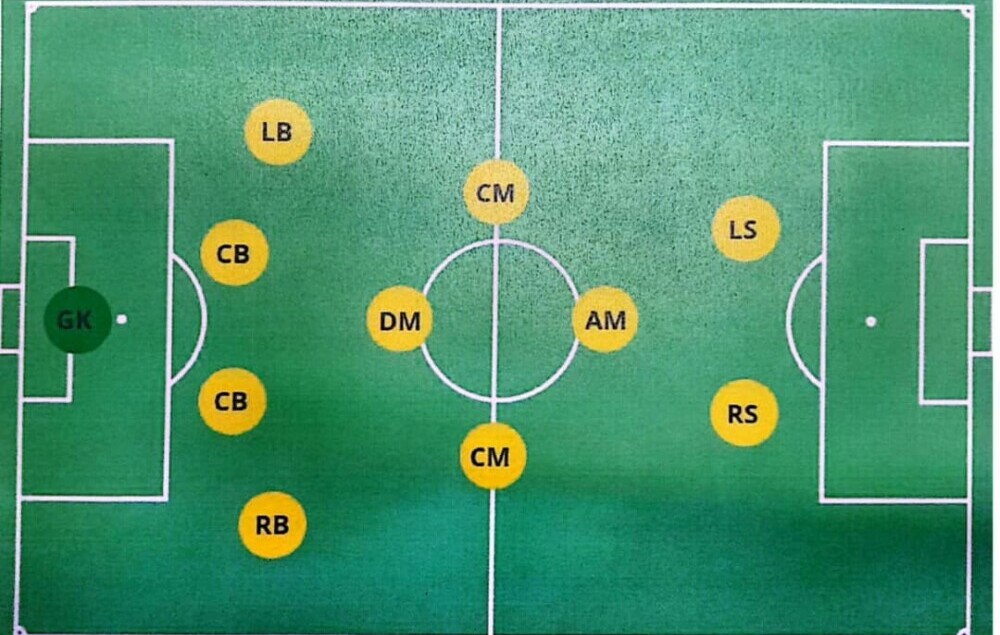

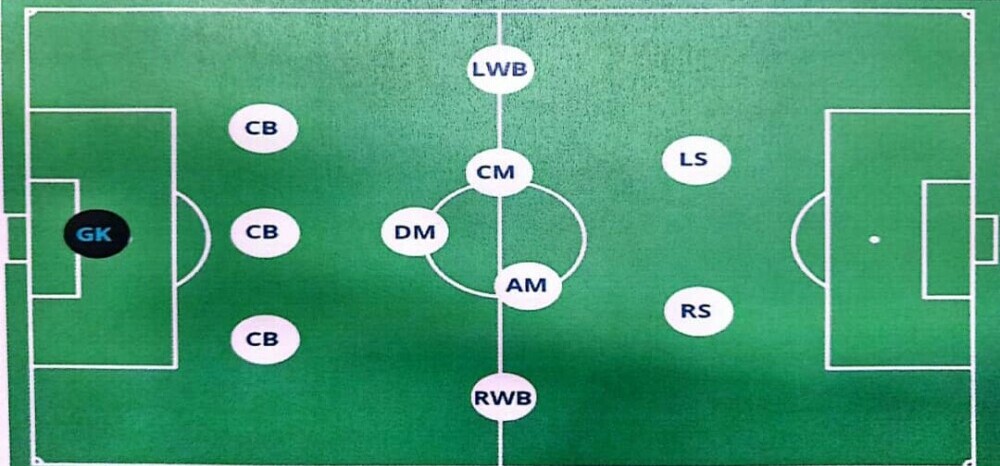
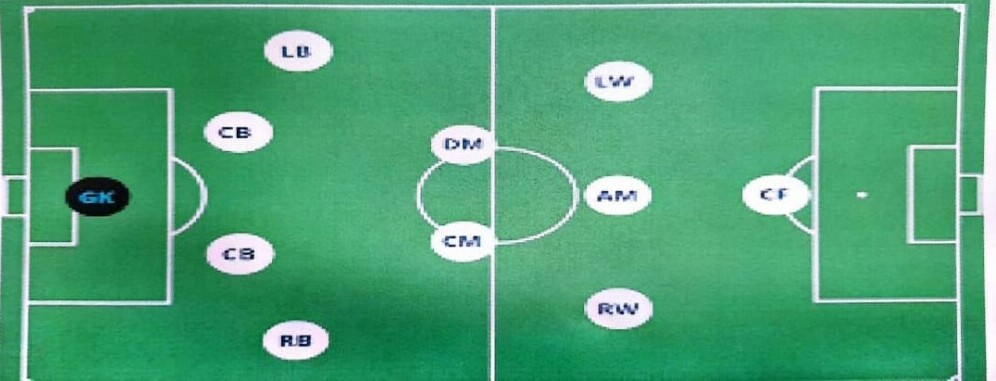
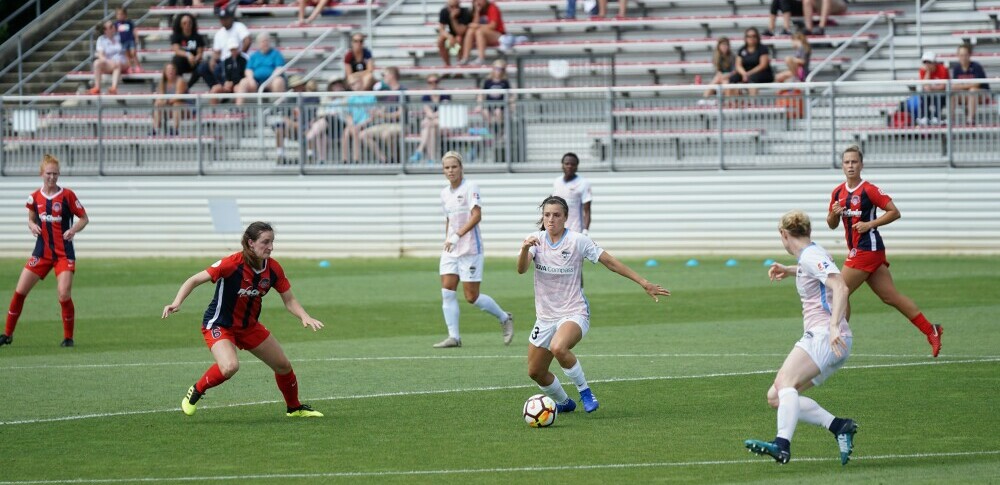
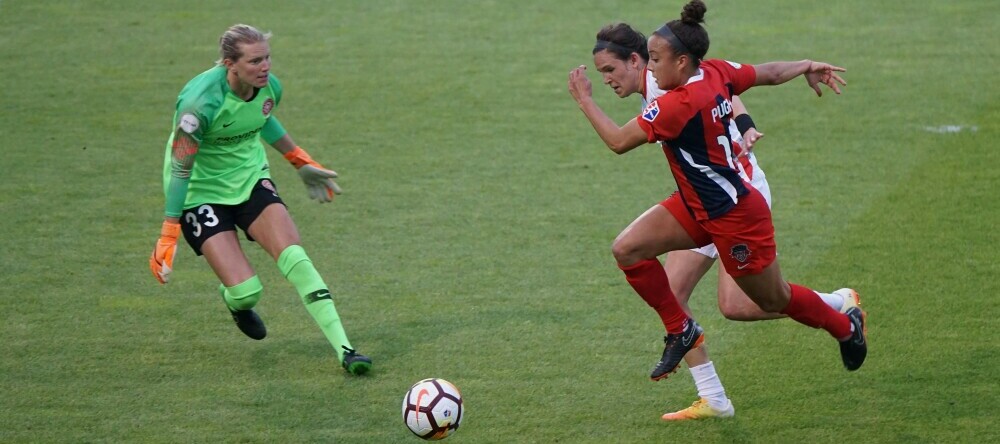
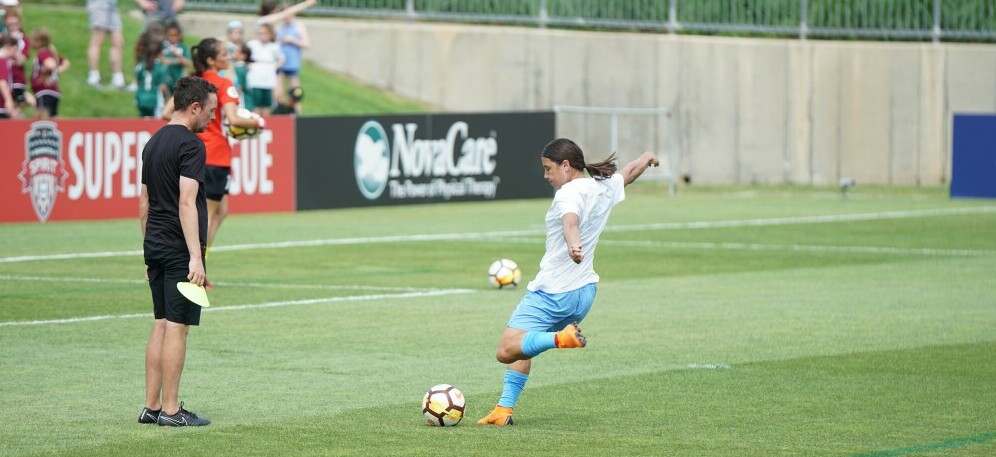
Hi there thanks for the article I was wondering about the following things: how do different formations impact a team’s overall strategy and style of play on the field, can you explain the advantages and disadvantages of popular formations such as 4-4-2, 4-3-3, and 3-5-2 in modern soccer, how do coaches decide which formation to use for a particular match, and what factors influence these decisions? Thanks
Hi there! Thanks for your thoughtful questions and for engaging with the article.
I’m glad you’re interested in exploring how different formations impact a team’s strategy and style of play.
Let’s dive into your queries:
1. Impact of Formations on Team Strategy and Style of Play:
Formations are crucial because they define the team’s shape and balance on the field, influencing both offensive and defensive strategies.
For example, a team using a 4-4-2 formation might focus on solid defensive organization and quick counterattacks, while a team using a 4-3-3 could emphasize possession and width.
2. Advantages and Disadvantages of Popular Formations:
4-4-2:
Advantages: Offers balance and simplicity; strong defensive structure with two banks of four; good for counter-attacking football.Disadvantages: Can be vulnerable to being outnumbered in midfield; lacks width if wingers aren’t pushed forward.4-3-3:
Advantages: Provides excellent width and attacking options; strong midfield presence; good for high pressing and possession-based play.Disadvantages: Can be exposed defensively if full-backs push too high; requires highly disciplined midfielders to cover defensive duties.3-5-2:
Advantages: Offers strong central presence; flexible wing-backs provide both defensive cover and attacking width; good for controlling the midfield.Disadvantages: Can be exposed on the flanks if wing-backs are caught out of position; requires highly versatile players.
3. Deciding on a Formation for a Match:
Coaches decide on formations based on several factors, including the team’s strengths and weaknesses, the opponent’s style of play, player availability, and specific match objectives.
For instance, a coach may opt for a more defensive formation like 5-4-1 against a stronger opponent or a more attacking setup like 4-3-3 when playing a weaker team.
Other considerations include the physical and tactical readiness of players, weather conditions, and even the playing surface.
Coaches also often switch formations during a match to adapt to changing circumstances, such as going from a 4-4-2 to a 4-2-3-1 when chasing a goal.
4. Factors Influencing Formation Decisions:
Opponent Analysis: Understanding the opponent’s strengths and weaknesses helps in selecting a counter-strategy.Team Dynamics: The skill set and fitness levels of players available for selection.Tactical Goals: Whether the team aims to dominate possession, play defensively, or exploit specific areas of the pitch.
Thank you for your interest in the tactical aspects of soccer! If you have any more questions or want to dive deeper into any specific topic, feel free to ask.
Looking forward to more insightful discussions!